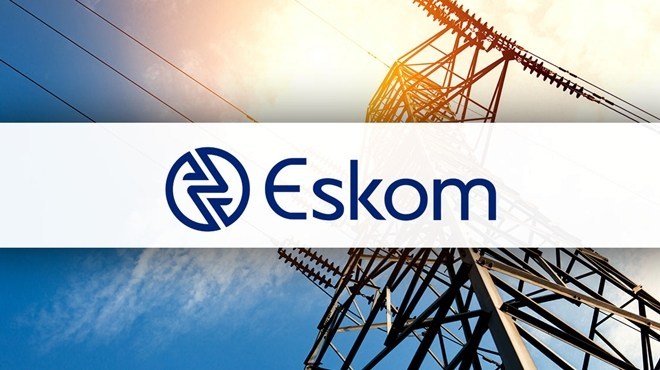Unfortunately for South Africans, the ever-rising cost of living, exemplified by recent electricity tariff increases, is no April Fools gag.
The price of electricity will increase by 14% today, with approved tariff hikes being implemented by Eskom on 1 April.
Unfortunately for South Africans, the ever-rising cost of living, exemplified by recent electricity tariff increases, is no April Fools gag. Eskom has been granted permission to charge consumers more for electricity, with the hope that these hikes could drag the embattled power utility out of its dismal financial quagmire.
April tariff hike the first of many to come
Sadly, this 14% increase is the first of many more to come over the next four years. Last month, the National Energy Regulator of South Africa (NERSA) granted Eskom consecutive increase allowances amounting to 22.7% by 2022. The first increase, which comes into effect today, is three times the inflation rate.
It’s important to remember that NERSA previously awarded Eskom a 4.1% increase back in October 2018. This tariff hike, coupled with the Multi year price determination (MYPD) amount, came into full effect today.
The situation at Eskom is dire – debts exceeding R420 billion, gross operational failures, general mismanagement and the lingering stench of corruption – all compounded to make the lives of ordinary South Africans that much harder. Whether it’s the frustration caused by prolonged load shedding and the unmitigated damage done to the local economy, or the rising cost of electricity which hits pockets hard; Eskom, the most valuable state owned enterprise, is a source of major discontent.
Worryingly, while Eskom’s coffers are due to be boosted thanks to the recent tariff increase, its competency and operational capacity is dropping, rapidly. The ebb and flow of load shedding has left South Africans on edge but its Eskom’s continuous decline – demonstrated by data concerning its output – that has energy analysts worried.
Demand declines, Eskom still struggling
The utility death spiral at Eskom continues with @Eskom_SA prices up 14% (about 3x the inflation rate) tomorrow, 1 April 2019, & electricity demand for the calendar year to date hovering around 27500 MW, with demand for week 12, 2019, down 17,1% compared to the same week in 2018. pic.twitter.com/AekaPsGyY4
— Chris Yelland (@chrisyelland) March 31, 2019
Net energy sent out by @Eskom_SA also continues to decline, dropping 2,79% in the 1st 12 weeks of 2019 compared to the same period in 2018 (i.e. the first 12 weeks of 2018). Energy sent out in week 12 in 2019, was down 9,35% to 3887 GWh, compared to 4288 GWh for week 12 of 2018. pic.twitter.com/mz6g3n7zWK
— Chris Yelland (@chrisyelland) March 31, 2019
Investigative editor and energy analyst at EE Publishers, Chris Yelland, has noted some dubious trends regarding Eskom’s output and capacity, in comparison to 2018. Yelland said:
“Something VERY odd is going on: Eskom’s energy availability factor (EAF) is averaging 63,1% in the 1st 12 weeks of 2019, compared to 70,5% in the same period of 2018, with a declining trend in 2019 compared to the increasing trend in previous years as winter approaches.”
Yelland points out that while electrical demand is decreasing, Eskom cannot seem to keep the lights on. This could result in disaster as South Africa approaches the winter months, when, typically, energy demand increases.
The Technical Review Team, appointed by Public Enterprises Minister, Pravin Gordhan, tasked with cleaning house at Eskom, is expected to file its preliminary report this week.





